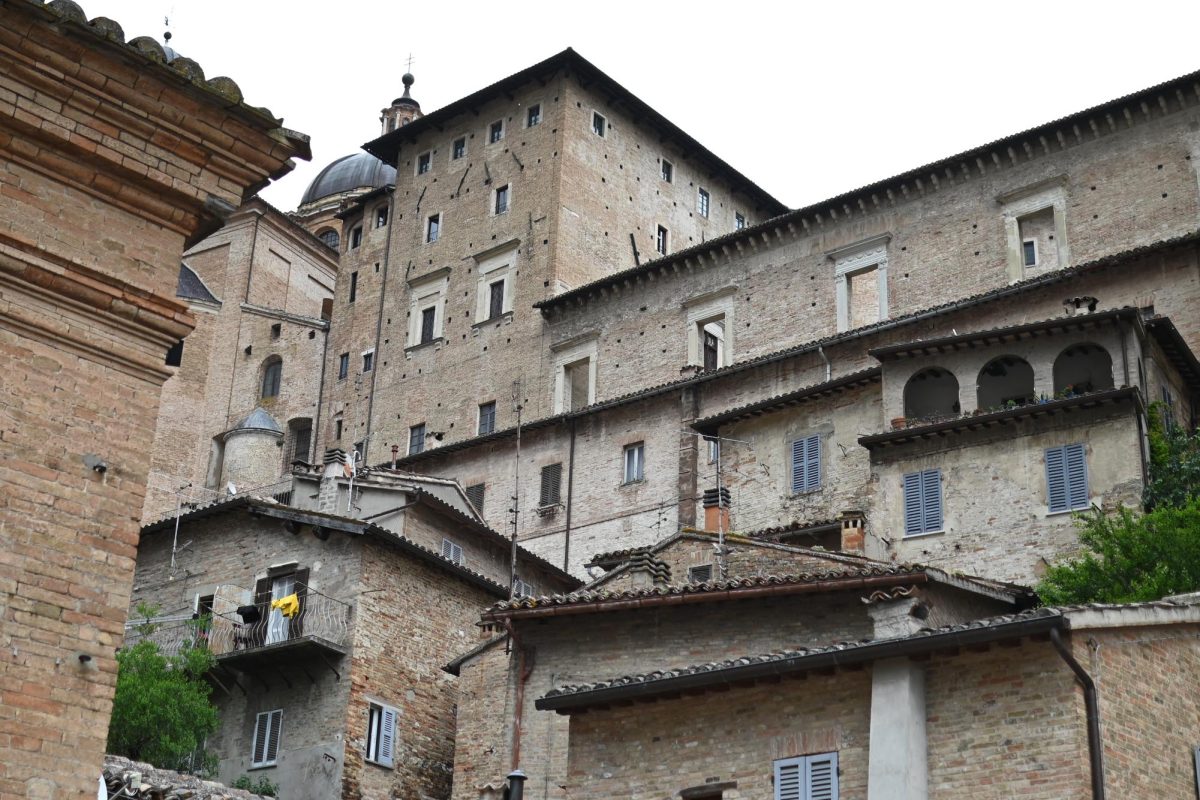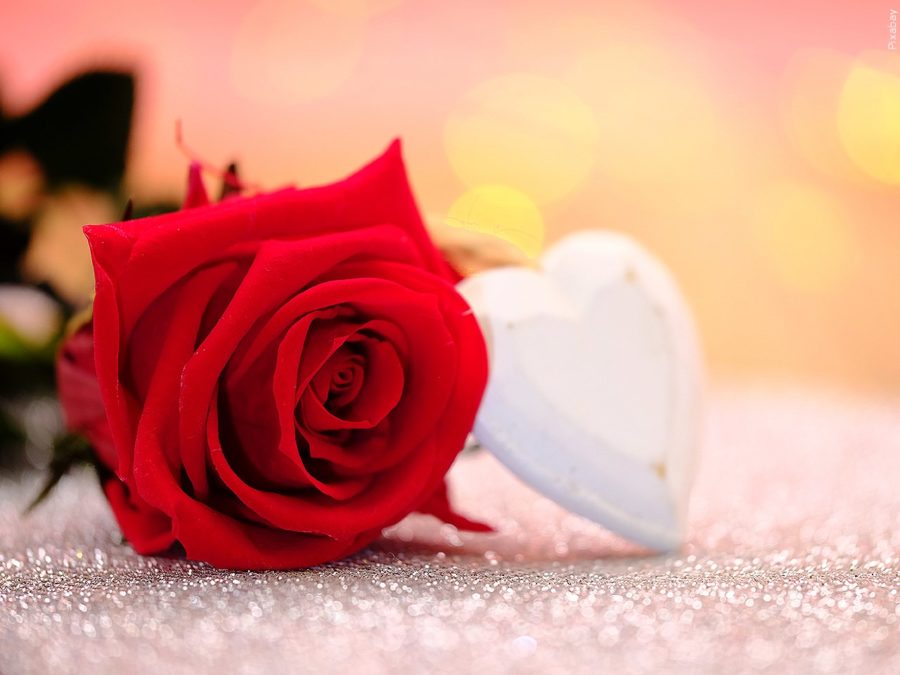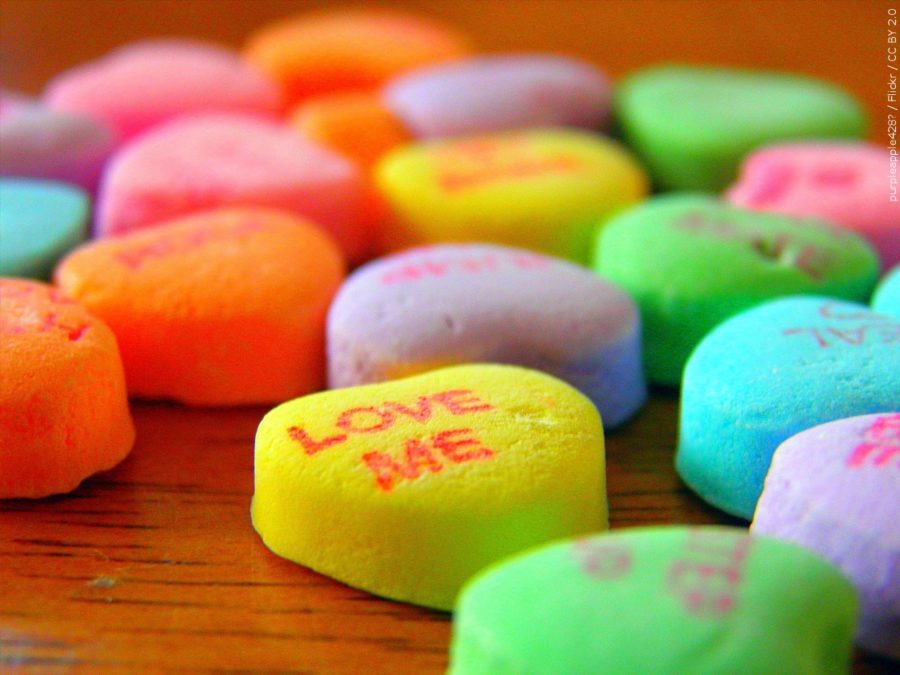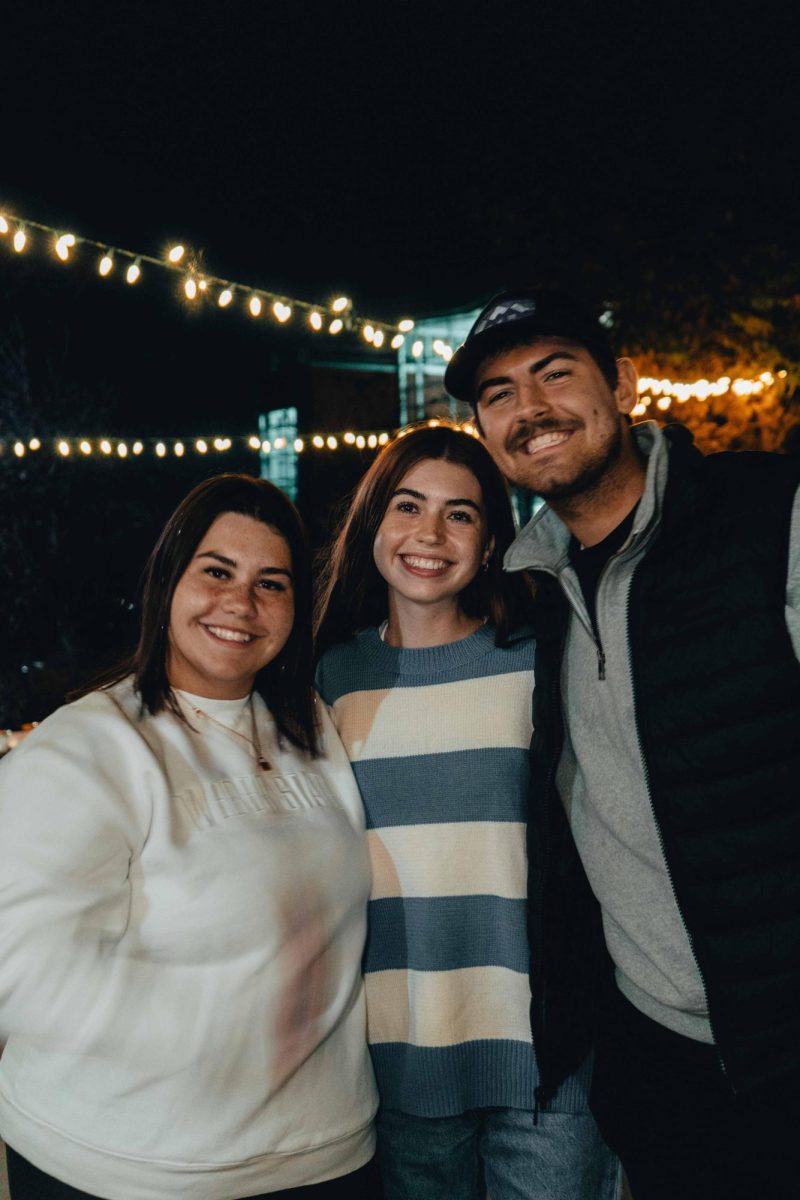Utah is iconic in its religiosity. People all over the country know that the Beehive State is among the most spiritual of the country. It houses one of the largest spiritual festivals in the Western hemisphere, bringing tens of thousands of people to celebrate each year.
This is not General Conference. This festival is the celebration of Holi, the Hindu tradition to usher in spring.
Over 70,000 people gathered at the Krishna Temple in Spanish Fork last weekend, ringing in the new season with music, love and brightly colored powder lobbed back and forth. No one leaves the Festival of Colors without looking like someone ripped out of a Dr. Seuss book.
This celebration is met with open arms by the local Hindu priests. Caru Das, one of the temple’s priests, believes the nondenominational appeal drives the festival.
“It’s an opportunity for young kids to come and celebrate their spirituality, without alcohol or drugs . . . to glorify or spread the name and fame of God’s love.”
This holistic approach to community bonding is unique to Utah, having been altered from the original ceremonies in India. Chalk warfare was a new addition, according to Das.
This is an oddity in an otherwise reserved, if not homogenous state. One of the unsettling suspicions of many observers is that these powder-plastered celebrators don’t know what they’re celebrating.
This is a double-edged sword. Religious celebration is undoubtedly cultural in its roots, and can be celebrated as such, but it’s troubling to think that the celebration would be cut off from its origins. Is there a way to be inclusive and simultaneously respectful to the religion involved?
The Signpost doesn’t have an answer to that question, but it’s still a question worth asking.
On one hand, religious diversity offers cultural appreciation and unity that few other events can replicate. Midnight masses, Rosh Hashanah and Halloween (originally a Celtic sacred holiday) offer community involvement rivaled by few other holidays.
Yet our traditions seem removed from their spiritual origins. Bunnies and eggs replace a resurrected God. Pumpkins and candy replace the roaming of Celtic men to ward off evil spirits. Ironically, the holiday most closely celebrated with its spiritual roots is Mardi Gras, with the indulgence on Fat Tuesday before the Lenten fast, though the beads are a new tradition, in formality at least.
However religious holidays are celebrated, the traditions and origins of the festivities should be acknowledged, especially if branching out to new traditions. If celebrating culturally, good job for getting out and seeing what your community has to offer. If observing the holiday religiously, may peace and enlightenment (or whatever you’re seeking) be found. Most people have a blend of both, as is to be expected. One shouldn’t rob from the other.
Next year, Holi will be celebrated in Spanish Fork, as is traditional. May all who attend remember the arrival of spring when cleaning powder out of their teeth.



















